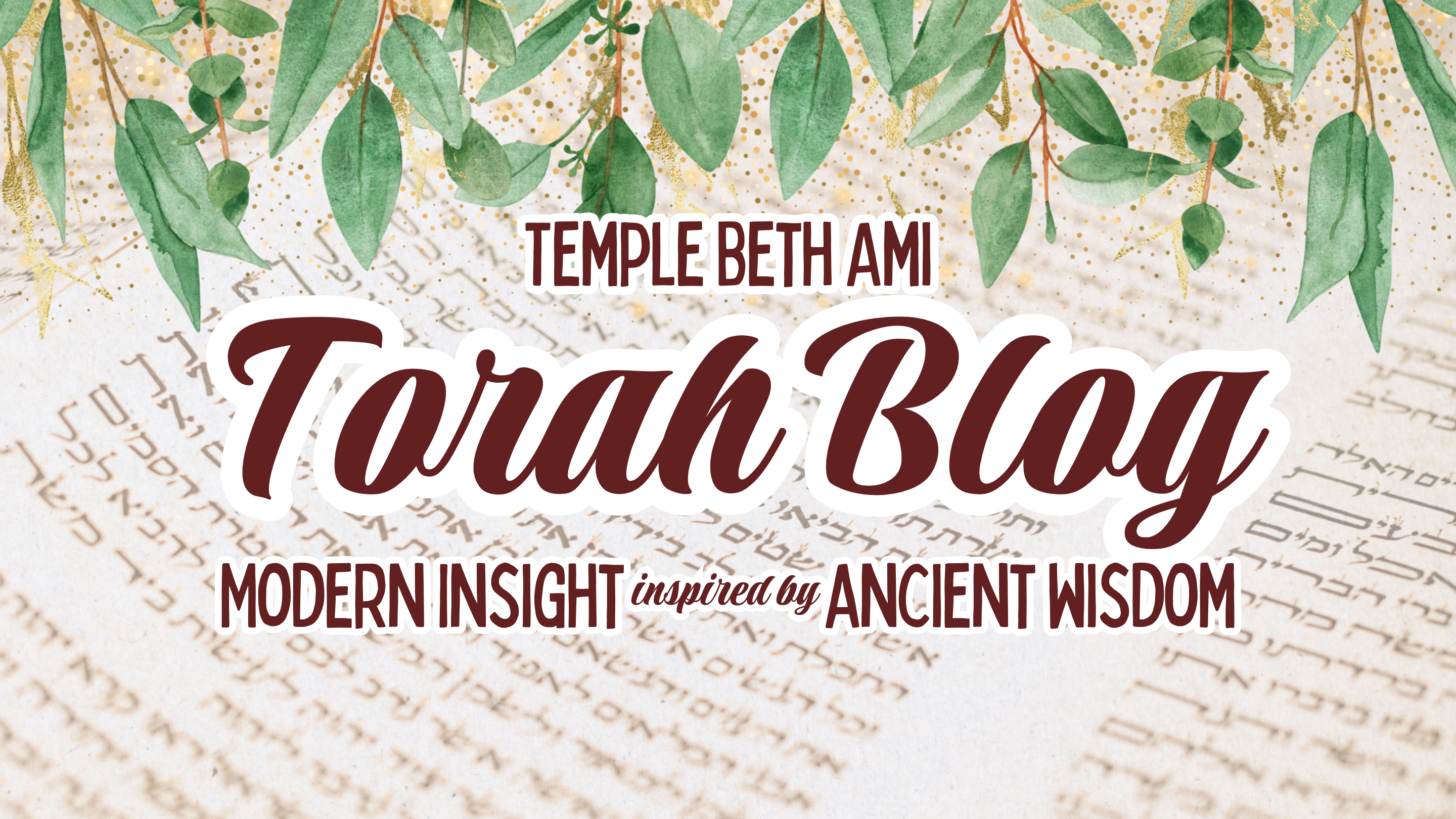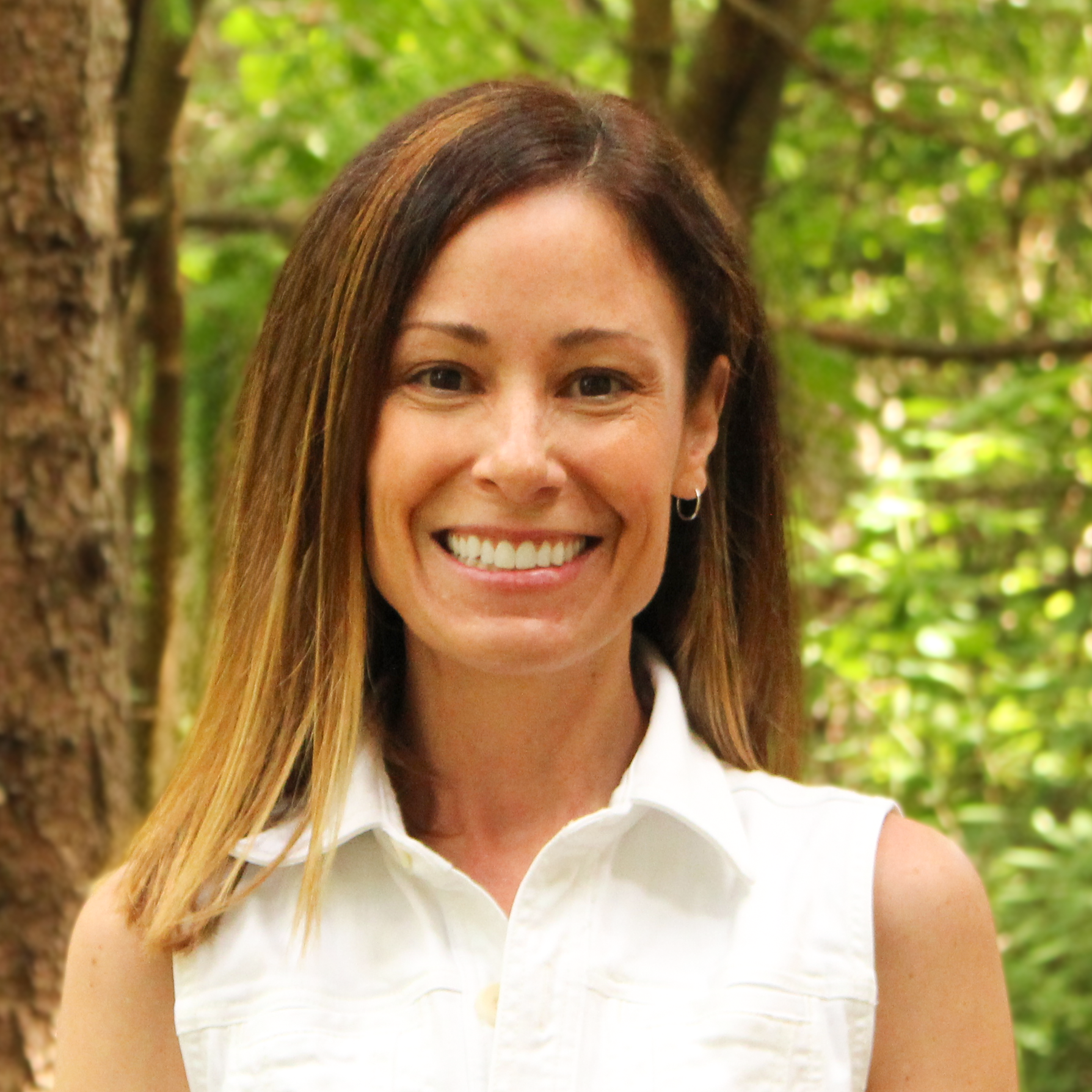







Behar-Bechukotai
Leviticus 25:1-27:34
By Jen Smith
When you enter the land…the land shall observe a Sabbath for the Lord (Leviticus 25:2).
Parshat Behar begins on Mt. Sinai, a magical place of revelation, but rather than opening with thunder and commands, it speaks about the land and rest.
In the Sabbatical year, the Earth itself is granted rest and release. Bechukotai, its partner portion, warns of the consequences of forgetting nature’s sacred rhythm, promising those who do not keep the mitzvot a horrible descent into fear, desolation, and exile.
This week, we don’t need ancient prophecies to feel the tremors of dislocation. The shooting at the Jewish Museum – a place built to preserve our community’s collective memory and bear witness, felt like a personal attack on our collective Jewish community. Museums are where we tell our stories of suffering, joy, art, tradition, and of survival; they are modern arks of testimony.
And so, the Torah’s ancient commandment to release, to return, and to remember lands differently this week. The Sabbatical year (Shemitah) teaches that land does not belong to us. It belongs to God. We learn in Bechukotai that history is very rarely, if ever, a straight line. It is a covenant, a sacred relationship that only thrives when its foundation grounded in justice, empathy, and memory.
In Jewish mysticism, every seventh year, like every seventh day, opens a hidden gate, allowing us to draw ever closer to the Divine. In this sense, the Shemitah year is more than just an agricultural rest – it is a metaphysical portal. The Kabbalists teach that during Shemitah, the Shekhinah is especially close to the souls of the broken-hearted, the rhythm of Nature and Earth, and to those who release control. Let go and let God, so to speak. We resist despair by honoring Memory.
If Behar reminds us that our story begins with a deep revelation of oneness, then Bechukotai reminds us that we are responsible for the sustainability of Oneness. We are never alone. We are responsible for each other and even in exile, the Shekhinah dwells among and within us, waiting for our signal to recover and rebuild. Jewish tradition does not erase pain. It sanctifies it. We turn museums into sacred spaces, trauma into Torah, and loss into legacy. L’Dor V’Dor, one generation to the next. The shooter tried to break the chain, but he only made it stronger.
We learn, we love, with gather, we teach, and we continue to live our values. We honor the devastating loss of two Israeli Embassy staff members not by shrinking into the dark, but by expanding, cultivating empathy, and becoming a light unto the nations.
As the Torah portion closes, so does the Book of Leviticus. As we turn the page to begin the fourth book of Torah, we are reminded again of our beautiful revelation at Mount Sinai. Even now, Sinai calls; not with fire and brimstone, but with the quiet, steadfast whisper from somewhere very close: Return to yourself is a return to the divine.
Shabbat Shalom